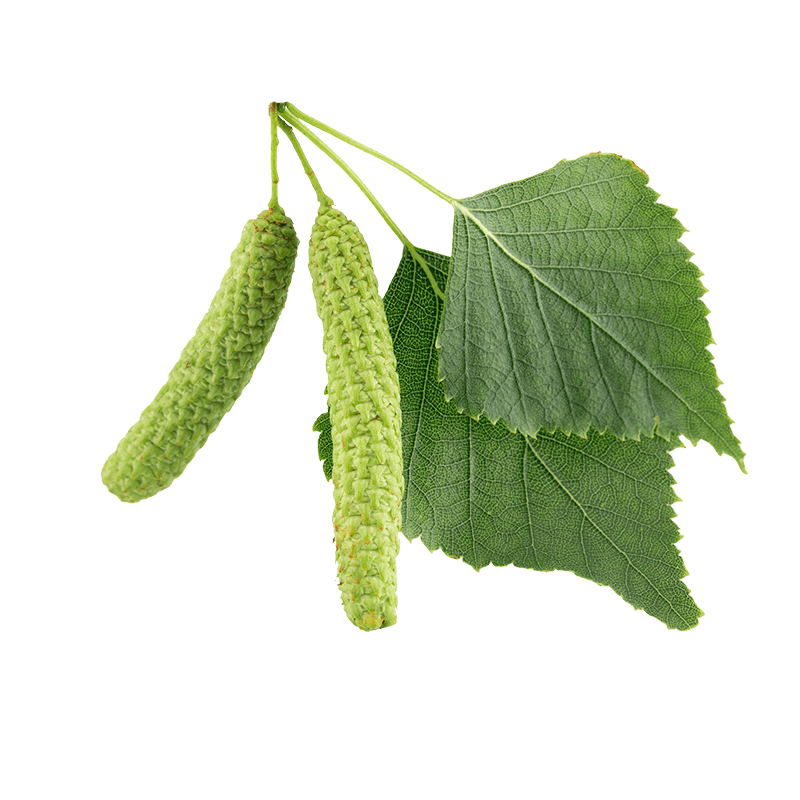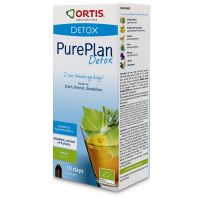
Betula pubescens
Latin name
Origin
Betula pubescens comes from Northern Europe. It occupies 1% of French forestland.
It can be found in Siberia and in Greenland.
Used part
Active components
Usage
Birch is often planted in parks and gardens thanks to its white bark and graceful drooping branches. The wood is excellent for sculpture and for cooking utensils such as wooden spoons and spatulas. The sap contains approximately 1% sugar. It can be drunk or fermented as wine. Traditionally, it is used in depurative cures, but since the sap contains only a very small amount of flavonoids, it only has a low diuretic effect and will hardly have any effect on the kidneys. Science indicates that for proper detoxification, the extract from the leaves or the bark is preferable.1-5
Bibliographical references
- An orientational examination of the effects of extracts frommixtures of herbal drugs on selected renal functions
Masteiková R, Klimas R, Samura BB, Savickas A, Samura BA,Belaij SI, Samura IB, Rabisková M, Chalupová Z, Bernatoniene J.
Ceska Slov Farm. 2007 Apr;56(2):85-9.
Pubmed: http://www.ncbi.nlm.nih.gov/pubmed/17619305
- Botanical medicines for the urinary tract
Eric Yarnell
World J Urol (2002) 20: 285–293
Pubmed: http://www.ncbi.nlm.nih.gov/pubmed/12522584
- Committee On Herbal Medicinal Products - Betula pendulaRoth; Betula pubescens Ehrh., folium
Doc. Ref. EMEA/HMPC/260018/2006
EMEA:http://www.ema.europa.eu/docs/en_GB/document_library/Herbal_-_HMPC_assessment_report/2010/01/WC500069013.pdf
- European Scientific Cooperative on Phytotherapy - Betulaefolium.
ESCOP Monographs. The scientific foundation for herbalmedicinal products, 2-nd ed, Thieme, 2003. pp. 48-51,
- [New aspects for understanding the aquaretic mechanism ofBetulae folium and Solidaginis virgaureae herba].
Melzig MF and Major H.
Zeitschrift für Phytotherapie, 21, 193-196
The health claims that feature on our website in relation to the plants contained in our products are compliant with the list of health claims awaiting final assessment by the Community authorities (cf. website of the European Commission: http://ec.europa.eu/nuhclaims/). However, they may be subject to modification following their assessment by the national competent authorities.
The health claims relating to other nutrients or substances contained in our products that feature on our site are compliant with Regulation No. 432/2012 of the Commission of 16 May 2012 which establishes a list of authorised health claims authorised in relation to food products, other than those in reference to the reduction of the risk of disease as well as community-based development and child health (cf. website of the European Commission: http://ec.europa.eu/nuhclaims/).

 Belgique
Belgique  België
België  France
France  Italia
Italia  Portugal
Portugal  España
España  United Kingdom
United Kingdom  Κύπρος
Κύπρος 

